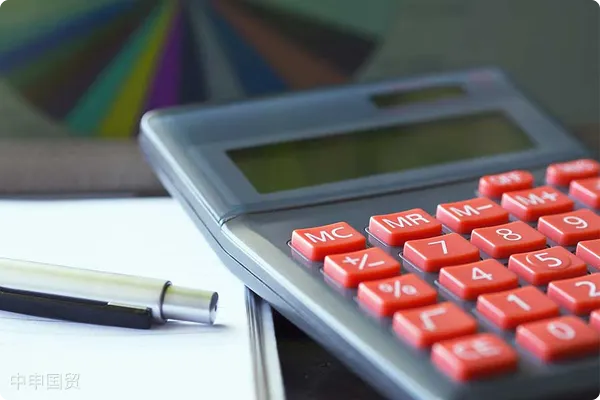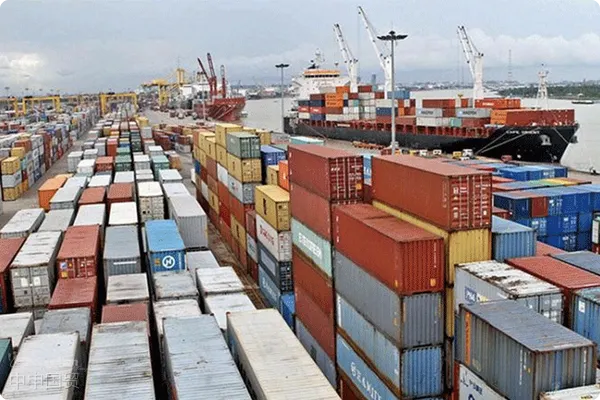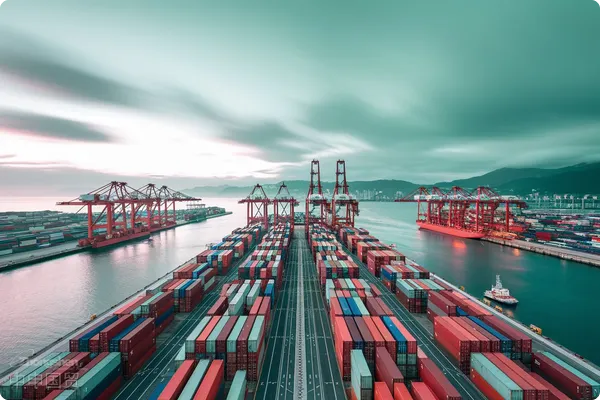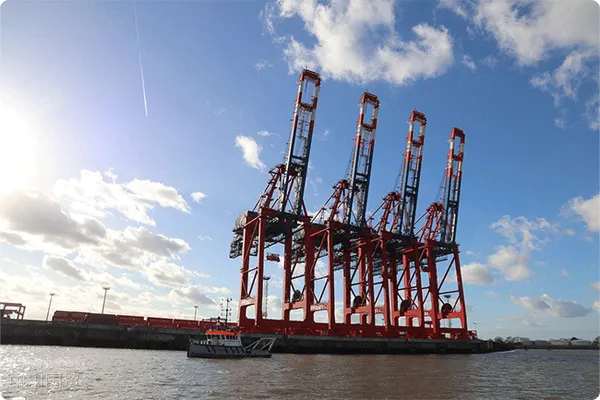- Shanghai Zhongshen International Trade Co., Ltd. - Two decades of trade agency expertise.
- Service Hotline: 139 1787 2118
In international trade, import tariffs and VAT are critical components. Understanding the calculation methods, applicable regulations, and operational details of these taxes not only helps enterprises reduce costs but also avoids unnecessary disputes. This article will use the specific case of Australian lobster imports to elaborate on the calculation methods of import tariffs and VAT, and address common questions about customs exchange rates and operational processes.
I. Basic Concepts of Import Taxes
1.1 Tariff
Tariff refers to a type of tax levied by customs onimport and exportgoods and items. It is divided into import tariffs and export tariffs. Import tariffs are taxes levied by customs on imported goods.
Legal Basis: According to the Regulations of the Peoples Republic of China on Import and Export Tariffs, import tariffs are taxes levied by customs on the dutiable value of imported goods based on the rates specified in the national tariff schedule.
1.2 VAT
Import VAT refers to an indirect tax levied on imported goods, as stipulated by VAT laws.
Legal Basis: The Interim Regulations of the Peoples Republic of China on Value-Added Tax stipulate that VAT is a tax levied on the added value of goods sold, processing, repair, and replacement services provided within China, as well as imported goods by entities and individuals.

II. Case Study: Importing Australian Lobster
2.1 Basic Information
Assume a company imports a batch of Australian lobsters from Canada with a value of CAD 37,800.00. According to relevant regulations on import duties and VAT, we need to calculate the customs duty and VAT for this shipment.
2.2 Calculation of Customs Duty
2.2.1 CIF price
CIF price (Cost, Insurance, and Freight), which includes cost, insurance, and freight, serves as the basis for customs duty calculation.
Formula: CIF Price = Goods Value + Freight + Insurance
In this case, we assume the freight and insurance costs are already included in the CAD 37,800.00.
2.2.2 Customs Duty Calculation
The formula for customs duty is: Customs Duty = CIF Price × Duty Rate
Given a duty rate of 7%, the customs duty is: Customs Duty = 37,800 × 7% = 2,646.00 CAD
2.3 Application of Customs Exchange Rate
In practice, customs duties and VAT are calculated in RMB, requiring the use of the customs exchange rate to convert CAD to RMB.
2.3.1 Customs Exchange Rate
The customs exchange rate is not the daily market rate but a fixed rate published by the General Administration of Customs on the third Wednesday of each month (or the fourth Wednesday if it falls on a holiday).
Assumption: In this case, the customs exchange rate is 1 CAD = 5.3274 RMB.
2.3.2 Customs Duty in RMB
Customs Duty (RMB) = 2,646.00 × 5.3274 = 14,088.08 RMB
However, according to the actual customs tax bill, the customs duty amount is 14,138.59 RMB. This discrepancy may be due to additional fees or rounding.
2.4 Calculation of VAT
The formula for VAT is: VAT = (CIF Price + Customs Duty) × VAT Rate
Assuming a VAT rate of 13%: VAT (RMB) = (37,800 × 5.3274 + 14,138.59) × 13%
Calculation result: VAT (RMB) = (201,365.72 + 14,138.59) × 13% = 28,158.45 RMB
III. Summary and Recommendations
3.1 Exchange Rate Issue
The exchange rate used by customs is fixed and updated monthly. Companies should monitor the exchange rates published by customs each month to ensure accurate calculation of import taxes.
3.2 Transparent Operations
Companies should ensure all tax calculations are based on official documents and regulations issued by customs. Any non-transparent operations may lead to legal risks and financial losses.
3.3 VAT Deduction
According to the Provisional Regulations on Value-Added Tax of the Peoples Republic of China, VAT paid during the import process can be deducted as input tax from output tax, which has a significant impact on a companys cash flow management.
3.4 Professional Consultation
It is recommended that companies seek assistance from professional customs brokers or tax advisors when handling import transactions to ensure all procedures and calculations are accurate and to avoid unnecessary disputes and losses.
Through the above detailed analysis and case study, we can better understand the calculation methods for import duties and VAT, as well as the application rules for customs exchange rates. This not only helps companies improve compliance and transparency in operations but also effectively reduces costs and enhances the overall efficiency of international trade.
Related Recommendations
? 2025. All Rights Reserved. Shanghai ICP No. 2023007705-2  PSB Record: Shanghai No.31011502009912
PSB Record: Shanghai No.31011502009912










